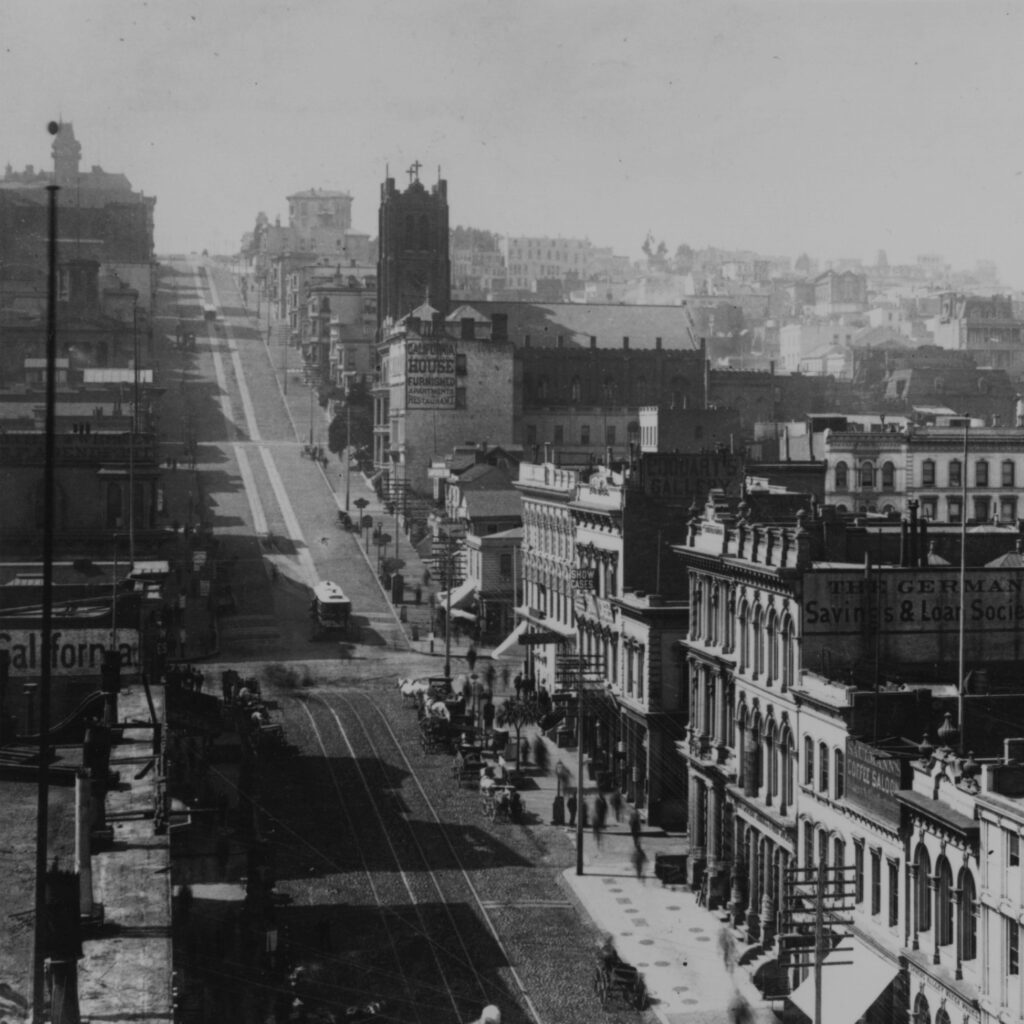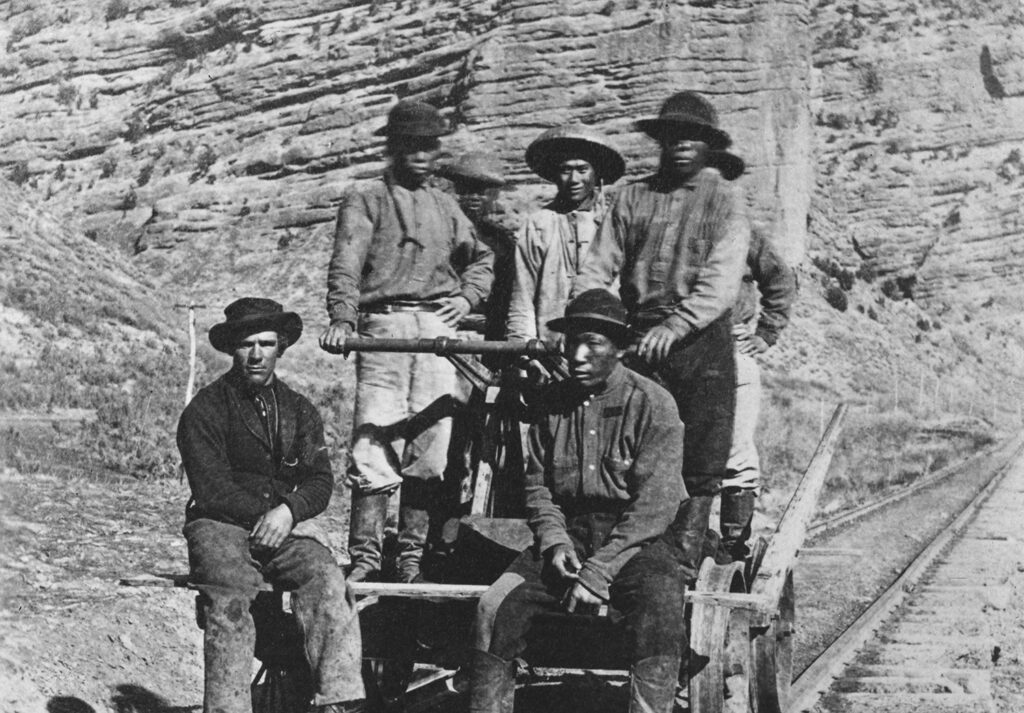 Bass and Beyond
Bass and Beyond
Perfecting Democracy
Learn how Black communities on the West Coast used media to fight for political, social, and economic equality after the Civil War.
Perfecting Democracy
When the Civil War ended in 1865, California, though physically distant from the war’s battlegrounds, was deeply tied to the nation’s Reconstruction efforts. While traditionally overlooked in Reconstruction narratives, California played a pivotal role in reshaping national identity. According to Elliott West’s argument in Reconstruction in the West, this era must be understood as a “Greater Reconstruction,” encompassing not just the South but the integration of the West into the Union’s evolving political, economic, and cultural fabric too.
California’s Black Leaders and Their Fight for Equity
The West was a testing ground for the era’s defining question: how to extend citizenship and rights to newly freed African Americans. Leaders such as Mary Ellen Pleasant became instrumental in this mission. Pleasant, a wealthy entrepreneur, not only supported the Underground Railroad but also fought for civil rights through legal action, challenging segregation in San Francisco’s public transportation system.
Meanwhile, Philip Bell, editor of the Pacific Appeal and later the Elevator, amplified the voices of Black Californians through journalism. His newspapers highlighted racial injustices and provided a platform for advocacy, addressing issues like disenfranchisement, segregation, and economic exclusion.
Another crucial figure was Rev. Jeremiah Sanderson, who pioneered education for Black children in California, emphasizing literacy as a foundation for freedom and self-determination. Through their collective efforts, these leaders ensured that California’s Reconstruction echoed the broader national struggle for civil rights.


Black Media and the Construction of Identity
The rise of Black-owned media in California during Reconstruction paralleled efforts in the East to redefine what freedom meant for African Americans. Newspapers like the Pacific Appeal and Elevator became critical tools for both advocacy and community building. These outlets not only chronicled local and national Reconstruction developments but also fostered a sense of unity and identity among Black Californians.
West argues that the expansion and development of the West during this time cannot be separated from the East’s Reconstruction narrative. The Black press in California served as a bridge between these regions, linking the aspirations of freed African Americans across the nation while also addressing the unique challenges of the West .

Reconstruction in a Greater Context
The “Greater Reconstruction” described by West involved not just the integration of freed slaves but also the incorporation of diverse groups into the national fabric. California, with its rich resources and complex demographics, epitomized this challenge. The state was a melting pot, home to African Americans, Native Americans, Mexican citizens absorbed after the U.S.-Mexico War, and immigrants drawn by the Gold Rush. These populations had to navigate federal policies that sought to reshape the West’s physical and social landscapes.
For example, the construction of transcontinental railroads during Reconstruction physically tied the West to the rest of the country, while also expanding federal authority. These railroads, like the telegraph before them, symbolized the intertwining of technology, federal power, and economic integration. However, as West notes, these developments often benefited corporations and white settlers at the expense of marginalized communities.
Legacy of Reconstruction in California
By 1877, the traditional end of Reconstruction, California had become emblematic of both the era’s successes and its failures. Black leaders and their allies had laid the groundwork for civil rights advocacy that would continue into the 20th century, even as systemic racism and exclusion persisted. Through its unique blend of challenges and triumphs, California demonstrates that Reconstruction was not just a Southern endeavor but a national project that spanned coast to coast.
